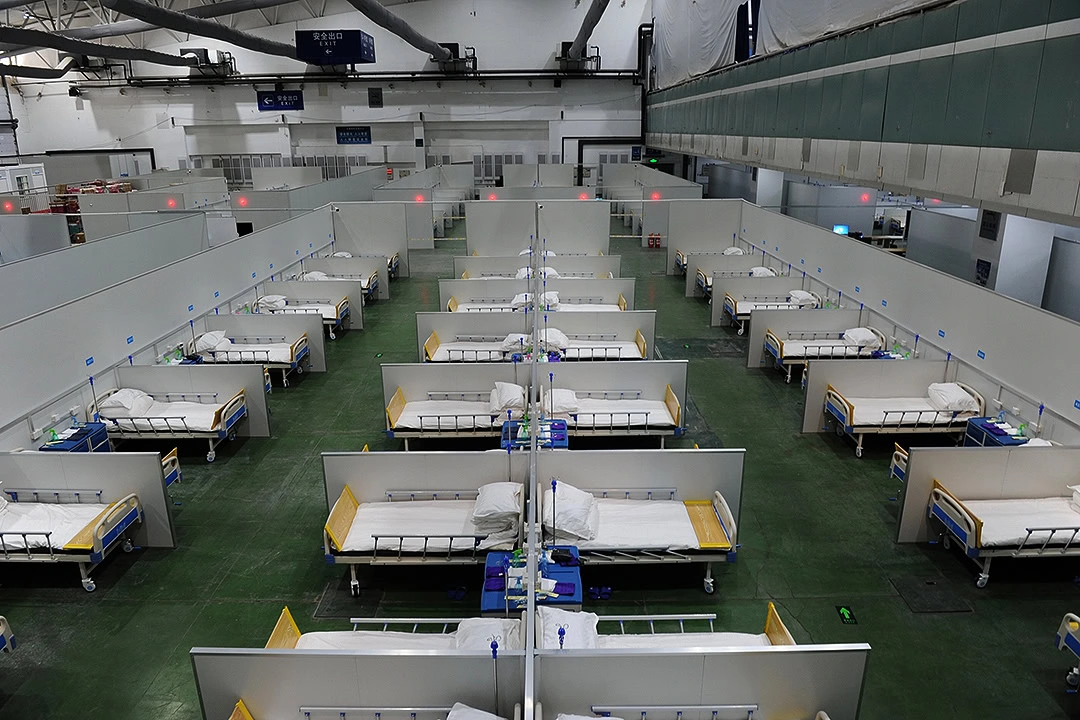In the world of life safety, security, and monitoring, reliable alarm communication is non-negotiable. Systems must function seamlessly even under complex or constrained conditions. One of the most valuable features supporting this reliability is Central Station Override, enabled by technologies such as Contact ID Relay. This capability ensures that alarm signals are transmitted to the correct destination, even when standard programming options are unavailable.

What Is Central Station Override?
Central Station Override allows installers or service providers to configure alternate central station values—such as telephone numbers or account numbers—that will supersede those stored within the panel itself. When activated, the communicator uses the override values instead of the original panel values to transmit alarm signals.
This functionality is particularly beneficial when:
- Installer codes are unknown – Older systems may have been locked by a previous provider, making direct access to panel programming impossible.
- Panel reprogramming is restricted – Certain environments prohibit changes to existing configurations due to compliance, warranty, or contractual requirements.
- Rapid deployment is required – Time-sensitive installations may not allow for lengthy programming sessions or panel resets.
By applying override values, providers can bypass these barriers and establish communication continuity with the central monitoring station.
Why Is This Important?
Traditional panels rely on preprogrammed values stored in the system memory. If these values become inaccessible—or if the service provider needs to reroute signals—delays and risks arise. Central Station Override solves this by providing a flexible, reliable layer of control without requiring direct access to the panel.
Key benefits include:
- Service continuity – Alarm communication can be maintained without panel-level modifications.
- Reduced downtime – Systems can remain online while changes are implemented at the communicator level.
- Operational efficiency – Technicians spend less time on-site resolving programming challenges, reducing costs and improving customer satisfaction.
How Does It Work in Practice?
When a panel is triggered—whether due to fire, intrusion, or another event—it attempts to send alarm signals using its stored contact information. With Central Station Override, the communicator intercepts the transmission and replaces the original numbers with the override values. The signal is then routed to the correct central station, ensuring alarms are properly logged and responded to.
This method is fully transparent to the panel and does not require additional hardware adjustments. For monitoring centers, the signal arrives as though it originated directly from the programmed panel, preserving consistency and compliance.
Application Scenarios
Central Station Override is widely applicable in industries where panel replacement or reprogramming is difficult or costly. Common use cases include:
- Commercial security retrofits – Older alarm panels can be integrated with new central stations without replacing the hardware.
- Multi-site deployments – Service providers managing multiple locations can standardize on override values to simplify routing.
- Compliance-driven environments – In sectors such as healthcare, finance, or critical infrastructure, where panel settings cannot be altered without approvals, overrides provide a compliant alternative.
The Bigger Picture
As alarm systems evolve toward IP and cellular pathways, flexibility in communication remains essential. Features like Central Station Override are not just technical conveniences—they are business enablers. They reduce friction for Managed Service Providers (MSPs), minimize customer disruption, and ensure that alarm reliability remains uncompromised.
Conclusion
Central Station Override, enabled by Contact ID Relay, represents a practical, forward-looking solution to one of the most common challenges in alarm monitoring: how to reroute or update central station information without direct panel access. By allowing alternate values to replace locked or inaccessible settings, it empowers providers to deliver service continuity, operational efficiency, and peace of mind.
In an industry where every second matters, this capability ensures that alarm signals reach their intended destination—securely, reliably, and without delay.
- Revolutionize POTS Gateway Maintenance: Scan a QR Code, Slash Troubleshooting Time by 50%
- Stop Sending Engineers! How VolaCloud's Remote Access is Slashing Costs NOW
- After the Last Copper Line Fails, What's Next? Vola & Tango Have the Answer
- The Secret Weapon of Top MSPs: Unified Oversight with Local Autonomy
- Revolutionize Your POTS Replacement: One Platform to Rule Thousands of Devices














 Back to list
Back to list


